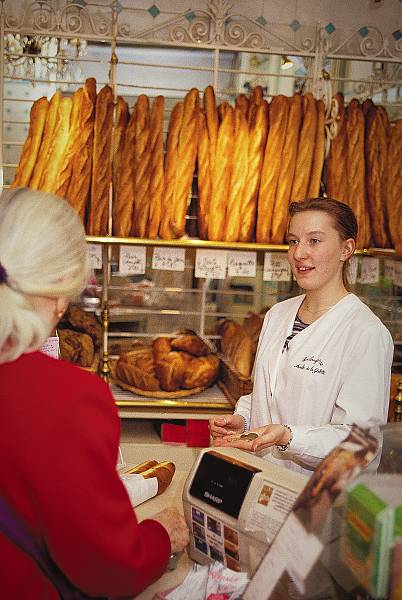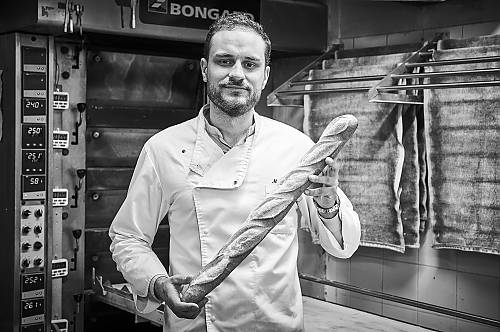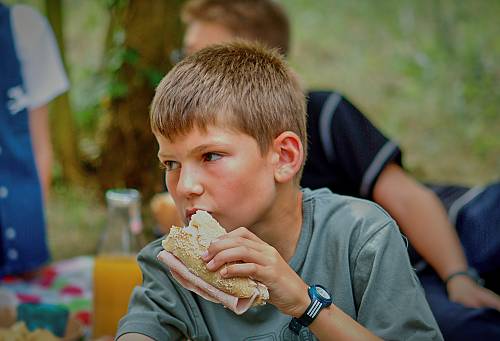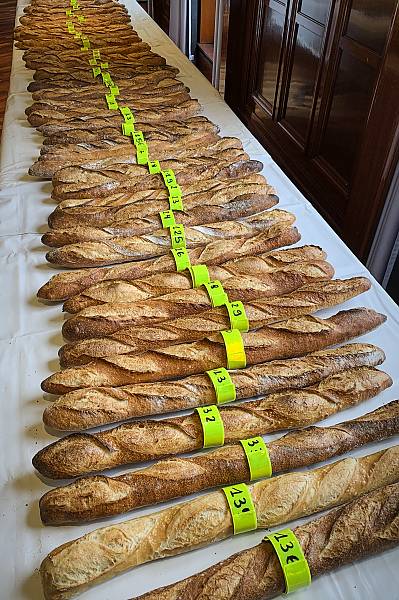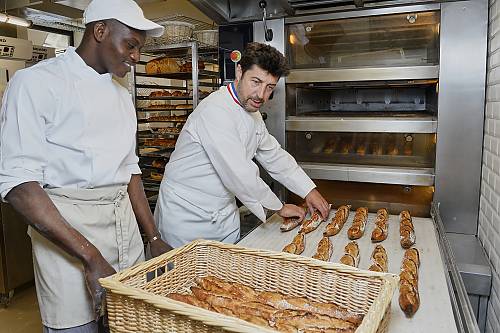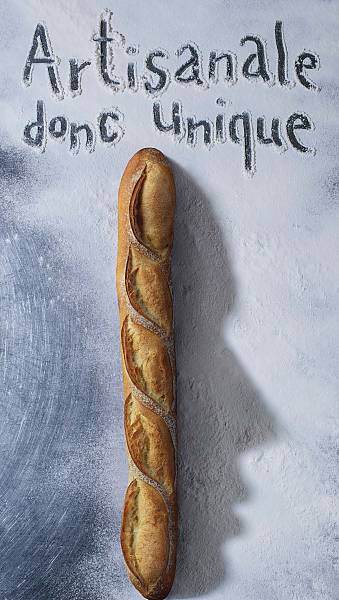Artisanal know-how and culture of baguette bread
Inscribed in 2022 (17.COM) on the Representative List of the Intangible Cultural Heritage of Humanity

The baguette is the most popular kind of bread enjoyed and consumed in France throughout the year. The traditional production process entails weighing and mixing the ingredients, kneading, fermentation, dividing, relaxing, manually shaping, second fermentation, marking the dough with shallow cuts (the baker’s signature) and baking. Unlike other loaves, the baguette is made with only four ingredients (flour, water, salt and leaven and/or yeast) from which each baker obtains a unique product. Baguettes require specific knowledge and techniques: they are baked throughout the day in small batches and the outcomes vary according to the temperature and humidity. They also generate modes of consumption and social practices that differentiate them from other types of bread, such as daily visits to bakeries to purchase the loaves and specific display racks to match their long shape. Their crisp crust and chewy texture result in a specific sensory experience. The baguette is consumed in many contexts, including during family meals, in restaurants, and in work and school cafeterias. The production process is primarily transmitted through work-based training, combining school courses with work experience in a bakery. This apprenticeship enables future bakers to acquire the necessary knowledge of the ingredients, tools and process.



